Octopuses are among the most fascinating marine invertebrates, renowned for their intelligence and remarkable camouflage abilities. There are many species worldwide, including the common octopus, blue-ringed octopus, dumbo octopus, giant octopus, and mimic octopus, each showcasing diverse forms and behaviors that highlight marine biodiversity.

This article introduces 15 different octopus species and their distinctive characteristics to help you better understand these incredible sea creatures.
Octopuses belong to the phylum Mollusca, class Cephalopoda, order Octopoda. The order divides into two suborders:
Incirrina (short-armed): no fins, possess ink sacs.
Cirrina (long-armed): have fins, lack ink sacs.
Their eight flexible arms surround the mouth, equipped with numerous suckers, and two-thirds of their neurons are located in their arms, enabling complex movements and problem-solving.
Common Octopus (Octopus vulgaris)
Widely distributed globally, extremely intelligent, adept at color-changing and camouflage, primarily preys on crustaceans and shelled mollusks.
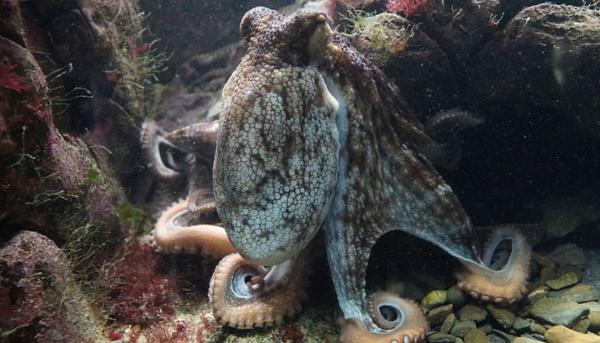
Blue-ringed Octopus (Hapalochlaena lunulata)
Only 10-15 cm long but highly venomous, identifiable by bright blue rings that intensify when threatened, one of the most dangerous octopuses.
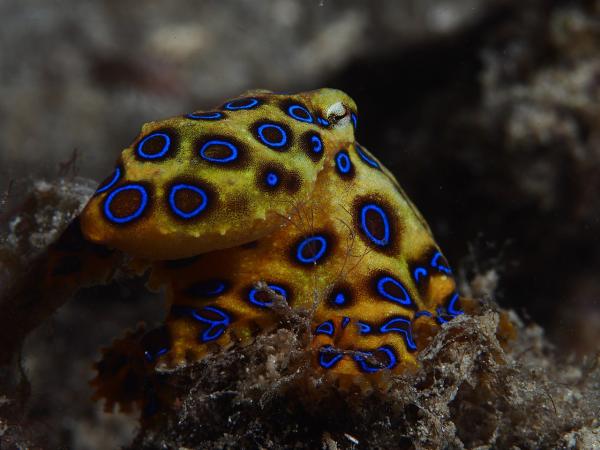
Dumbo Octopus (Grimpoteuthis spp.)
Named for its ear-like fins resembling Disney’s Dumbo, inhabits depths of 3,000 to 4,000 meters, swallows prey whole.
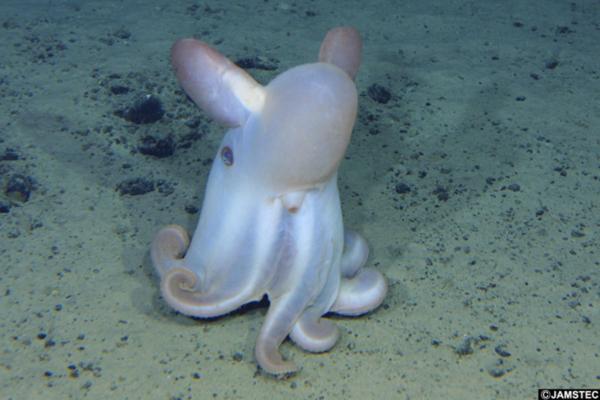
Giant Pacific Octopus (Enteroctopus dofleini)
The largest octopus species, with records of up to 9 meters, found along the North Pacific coasts, adapted to cold, low-oxygen environments.
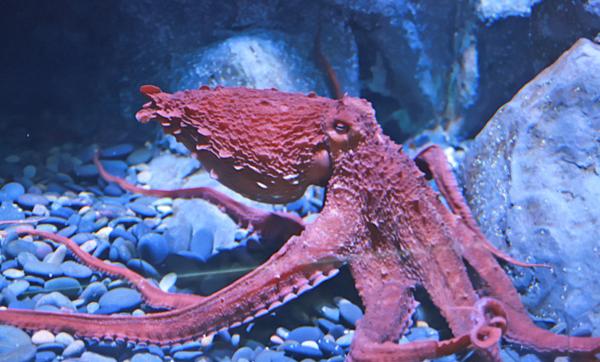
Mimic Octopus (Thaumoctopus mimicus)
Can change color and imitate other aquarium/52-marine-animals.html">marine animals such as jellyfish, corals, and sponges to avoid predators.

Caribbean Reef Octopus (Octopus briareus)
Found in Caribbean and western Atlantic coral reefs, uses webbed arms to catch prey.
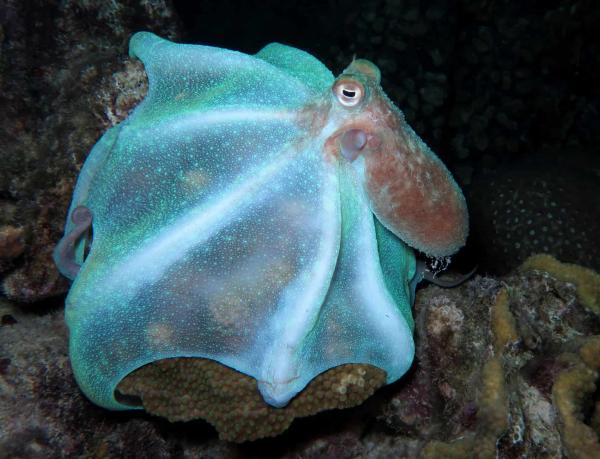
Day Octopus (Octopus cyanea)
Native to Indian and Pacific Ocean reefs, active during day and twilight, capable of color and texture change.
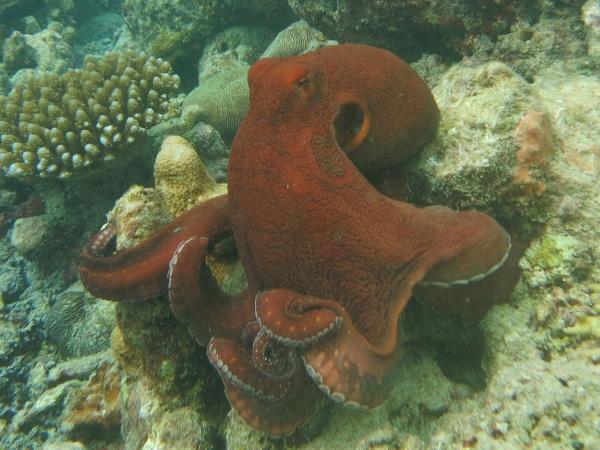
Long-armed Octopus (Octopus macropus)
Named for its very long arms, with the first pair up to 1 meter; body red with white spots.
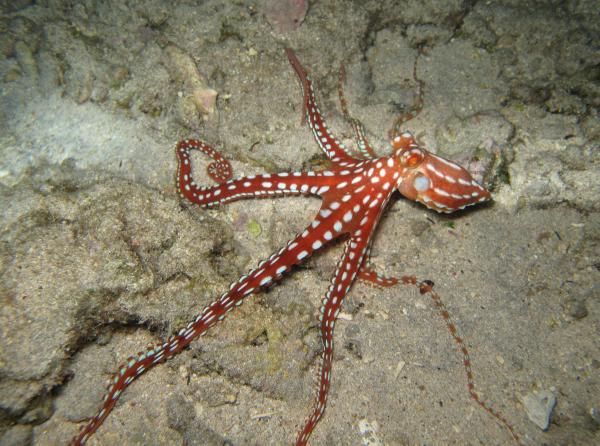
Star-sucker Pygmy Octopus (Octopus wolfi)
The smallest octopus, around 3 cm long, males have star-shaped suckers for reproduction.
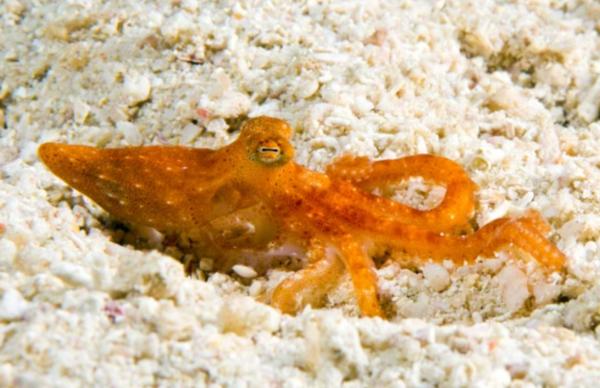
Purple Blanket Octopus (Tremoctopus violaceus)
Exhibits extreme sexual dimorphism; females grow up to 2 meters, males only 2.5 cm. Juveniles use Portuguese man o' war tentacles for defense and feeding.
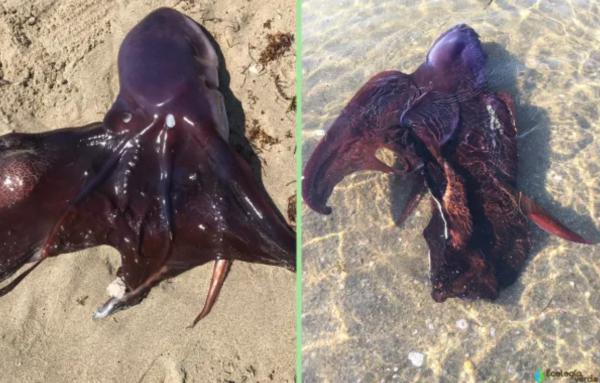
Musk Octopus, California Two-spot Octopus, Arctic Spatula Octopus, Comb Octopus, Hydrothermal Vent Octopus, Coconut Octopus, Bioluminescent Octopus, Curly Octopus, etc.
For more fascinating octopus facts and anatomy insights, check out our article on How Many Brains and Hearts Does an Octopus Have?
animal tags: Octopuses
We created this article in conjunction with AI technology, then made sure it was fact-checked and edited by a Animals Top editor.